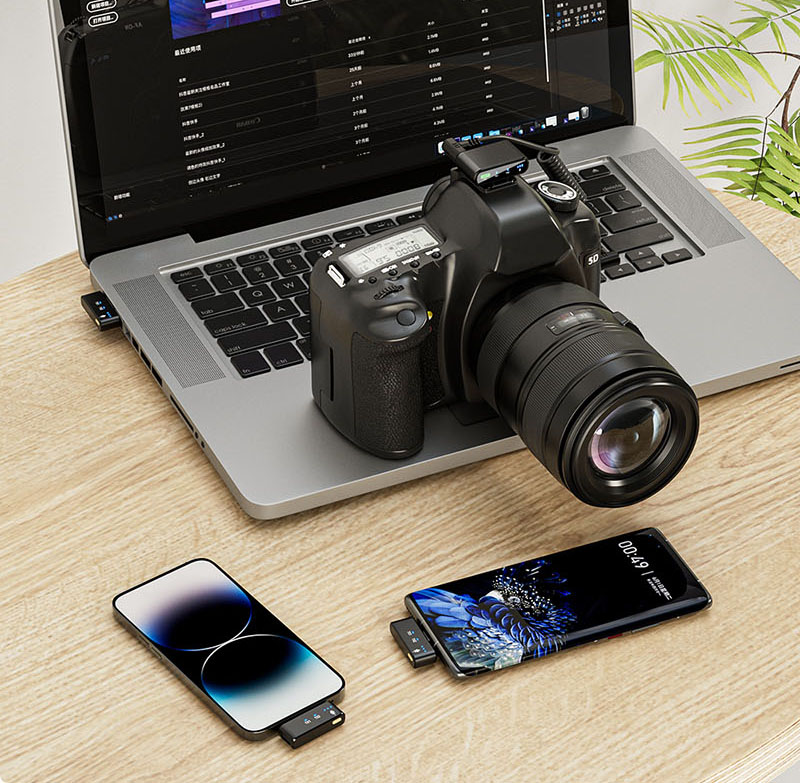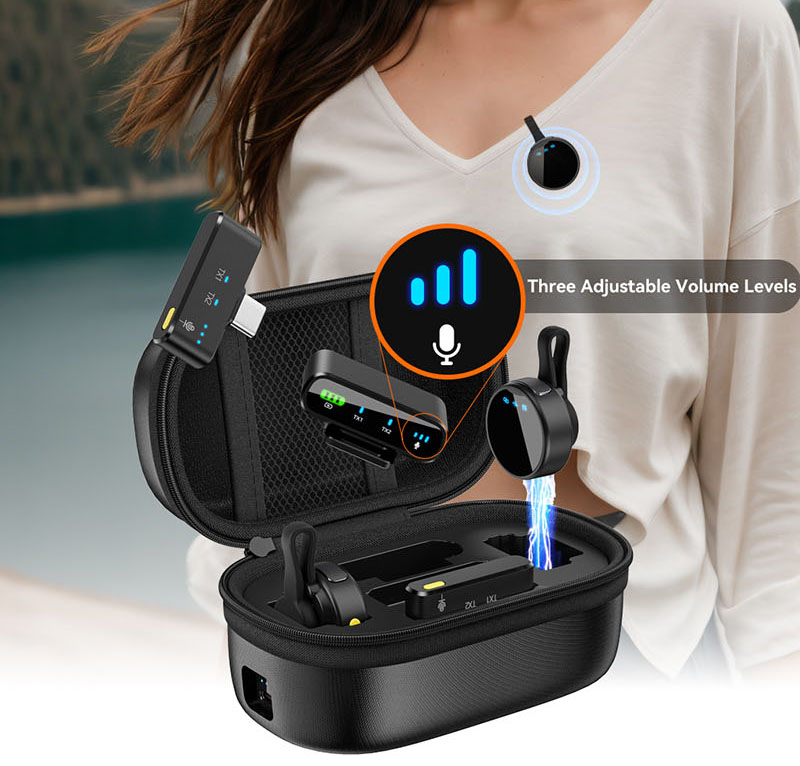How Do Wireless Microphone Systems Work
How Do Wireless Microphone Systems Work
How Do Wireless Microphone Systems Work

Wireless microphone systems are designed to capture audio and transmit it wirelessly to a receiver, which then sends the signal to a sound system, recording device, or other output. Here’s a breakdown of how they work:
1. Components of a Wireless Microphone System
A typical wireless microphone system consists of three main components:
- Microphone: Captures sound and converts it into an electrical audio signal.
- Transmitter: Sends the audio signal wirelessly to the receiver.
- Receiver: Picks up the transmitted signal and converts it back into an audio signal for output.
2. How It Works
Step 1: Sound Capture
- The microphone (which can be handheld, lavalier, headset, or another type) captures sound waves and converts them into an electrical audio signal.
Step 2: Signal Transmission
- The transmitter, which is either built into the microphone or connected via a bodypack, takes the audio signal and modulates it onto a radio frequency (RF) or digital signal.
- The transmitter sends this signal wirelessly through the air using an antenna.
Step 3: Signal Reception
- The receiver, which is connected to a sound system or recording device, picks up the transmitted signal using its antenna.
- The receiver demodulates the signal, converting it back into an audio signal.
Step 4: Audio Output
- The receiver sends the audio signal to a mixer, amplifier, recording device, or other output.
- The sound is then amplified through speakers, recorded, or broadcasted.
3. Types of Wireless Microphone Systems
Analog Systems
- Use radio frequencies (RF) to transmit audio signals.
- Generally more affordable but may be susceptible to interference and noise.
Digital Systems
- Convert the audio signal into a digital format before transmission.
- Offer better sound quality, reduced interference, and longer range compared to analog systems.
Frequency Bands
- Wireless microphones operate on specific frequency bands, such as:
- VHF (Very High Frequency): Lower cost but shorter range and more prone to interference.
- UHF (Ultra High Frequency): Better range and less interference, commonly used in professional systems.
- 2.4 GHz: Used in consumer-grade systems, but can be crowded due to Wi-Fi and Bluetooth devices.
- DECT: A dedicated frequency band (1.9 GHz) with minimal interference, often used in high-end systems.
4. Key Features of Wireless Microphone Systems
- Frequency Agility: Ability to switch frequencies to avoid interference.
- Diversity Reception: Uses multiple antennas to ensure a strong and stable signal.
- Range: Varies depending on the system, typically between 100 and 300 feet (30 to 90 meters).
- Battery Life: Wireless microphones and transmitters are powered by batteries, so battery life is an important consideration.
5. Advantages of Wireless Microphone Systems
- Mobility: Freedom to move without being tethered by cables.
- Flexibility: Ideal for live performances, presentations, and recording in various environments.
- Clean Setup: No cables to trip over or manage.
6. Potential Challenges
- Interference: Wireless systems can be affected by other RF devices or obstacles like walls.
- Battery Dependency: Requires regular battery changes or recharging.
- Latency: Some systems may have a slight delay in audio transmission (more common in lower-quality systems).
7. Applications
- Live Performances: Concerts, theater, and public speaking.
- Broadcasting: TV, radio, and podcasting.
- Recording: Film, video production, and studio recording.
- Presentations: Conferences, lectures, and corporate events.
By understanding how wireless microphone systems work, you can choose the right system for your needs and ensure optimal performance. Let me know if you have more questions!




